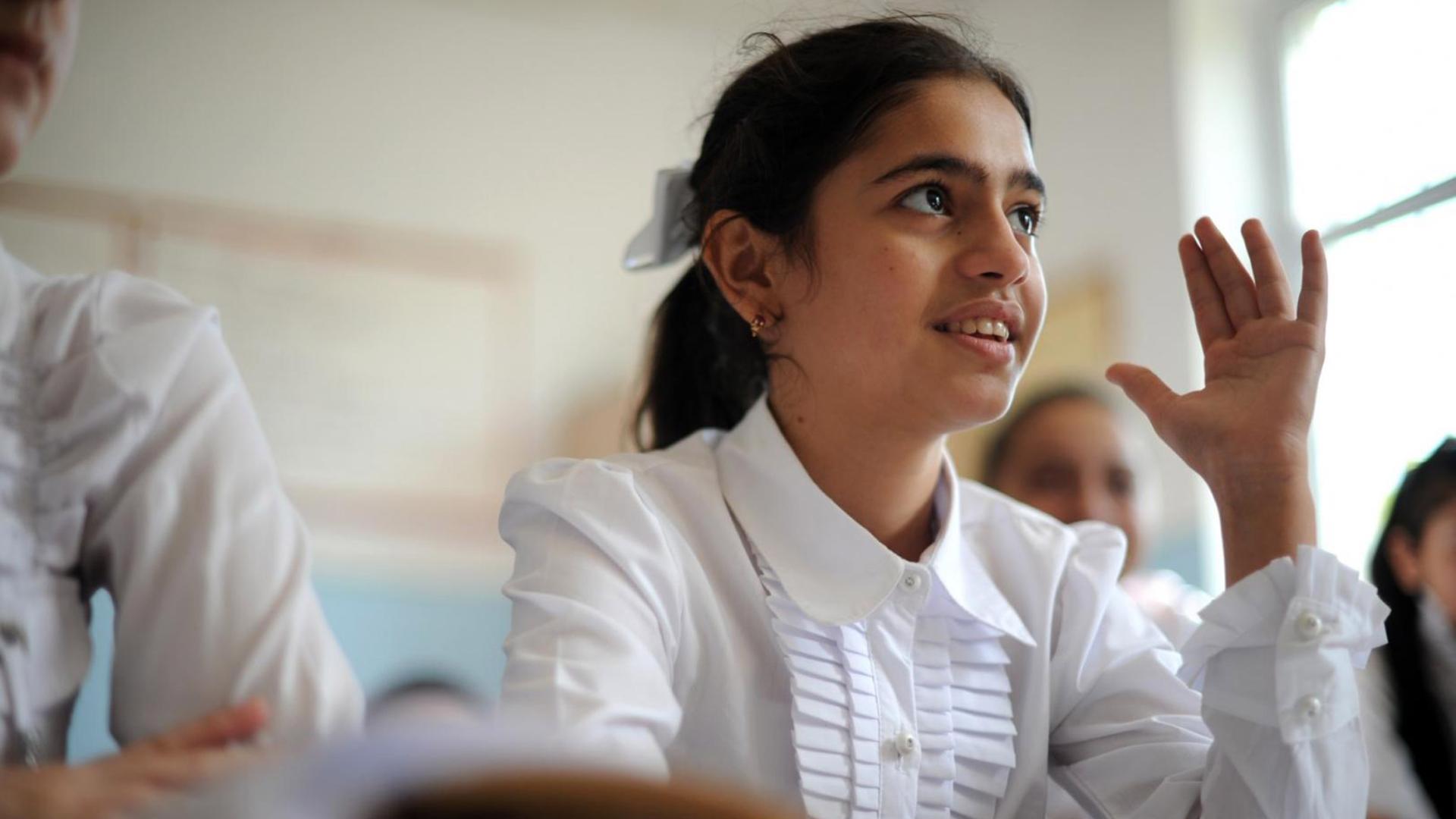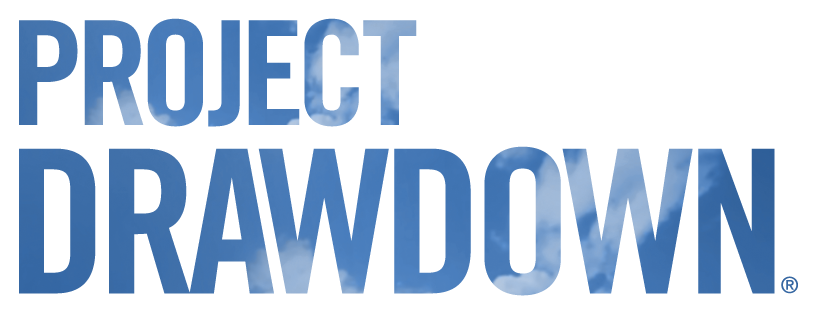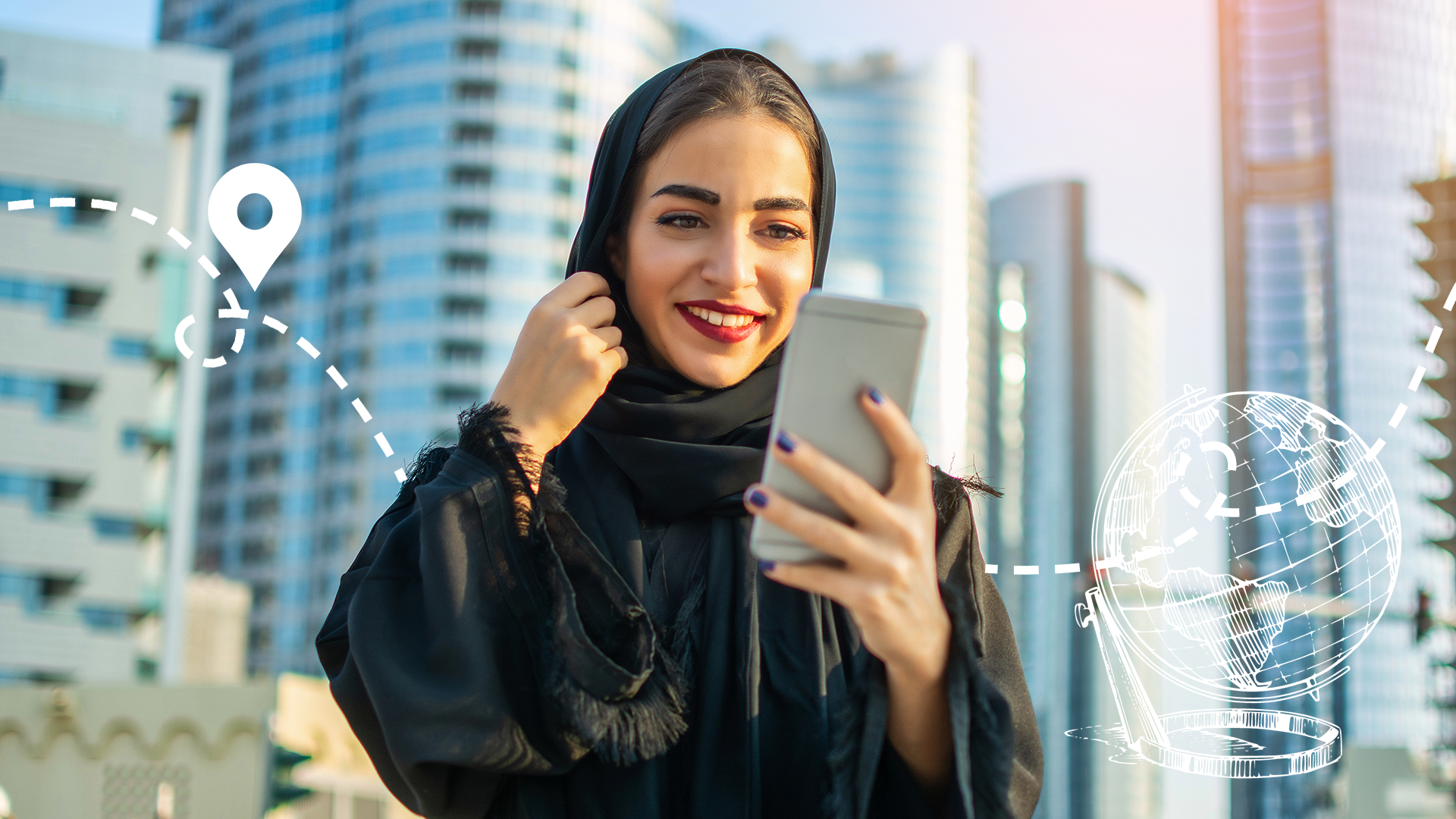Essential tips for talking about Project Drawdown’s Health and Education solution

Drawdown Lift—a new program at Project Drawdown—is reflecting on how our team works to break down disciplinary walls and lift up global solutions that address climate change and extreme poverty, and enhance human well-being around the world.
We are thrilled that so many thought leaders and change makers continue to champion action on (and communicate around) Project Drawdown’s work, including our organization’s Health and Education solution, given the foundational roles that reproductive health and education play in poverty alleviation. Collaboratively, Drawdown Lift focuses on advancing solutions designed to catalyze positive, equitable change in the most under-financially resourced communities in low- and middle- income countries.
When we work together to address societal inequities by lifting up gender equality, universal education, and sexual and reproductive health and rights (SRHR), we can also advance long-term solutions to climate change.
In communicating Project Drawdown’s Health and Education solution, it is important to avoid oversimplifying the complexities and interconnectedness of this work. Anyone working in this space must examine power structures and work to unpack the various systems of oppression (e.g., white supremacy and racism, patriarchy and sexism, colonization, classism, and more) that surface when working to reach “drawdown”—the point in the future when levels of greenhouse gases in the atmosphere stop climbing and start to steadily decline, thereby stopping catastrophic climate change.
Drawdown Lift has created this resource guide [Download a PDF version] to welcome everyone (researchers, practitioners, and advocates) to communicate this solution in a way that centers equity and bodily autonomy, does not induce harm or reinforce systems of oppression, and reflects the vision of Project Drawdown.
Gender equality
Women and girls from emerging economy countries continue to be disproportionately impacted by climate change, environmental degradation and exploitation, and a lack of environmental protections around the world.
- Almost half of consumption-related emissions are generated by just 10% of people globally. Project Drawdown recognizes that a majority of greenhouse gas emissions come from high-income, high-consumption countries. Women and girls in emerging economy countries are often disproportionately (first and worst) impacted by the effects of climate change, including but not limited to extreme weather events and natural disasters.
We do not have the ability to “empower” anyone. Every person on this planet has power within themselves, but many people have been systematically and historically excluded from spaces, conversations, and vital resources.
- Women and girls are not passive victims. However, they have been systematically excluded from many decision-making opportunities, resources, institutions, and spaces to support their own growth and leadership.
Malala Yousafzai (esteemed advocate for girls’ education from Pakistan) and Wangari Maathai (environmental activist and creator of the Green Belt Movement from Kenya) are two inspiring examples of women who have stood up to make waves for women and girls in education and environmental conservation. Through leadership and holistic actions, Yousafzai—and Maathai, who passed away in 2011 but whose legacy lives on—challenged systems and made sure that their voices were heard around the world.
The importance of universal education
Access to high-quality education is not a privilege, but a fundamental human right. Education provides an opportunity for children to develop their capacity, empower themselves, and increase their knowledge in various subject areas. Recent data show many inequities within our education systems across the world. According to UNICEF, “Forty-four percent of girls and 34 percent of boys (10-19 years old) from the poorest families have never attended school or dropped out before completing primary education."
- High-quality universal education is transformative, and is a basic human right for all people. Inequities within education systems perpetuate injustice in both the social and economic spheres.
A focus on high-quality education is particularly important for girls, who are often left behind in terms of educational access and quality. Still today, according to UNICEF, around 129 million girls around the world don’t attend school. Also, the COVID-19 crisis has disproportionately impacted girls (ages 12–17) in low- and lower-income countries who often have a greater risk of dropping out of school. Educating girls and committing fully to climate action go hand-in-hand.
- Girls are important agents of change, particularly in the climate space. When girls have access to high-quality education, their ability to contribute to climate change mitigation and adapt to climate shocks increases. Girls who have access to education are more likely to become informed about climate change and take action on climate solutions.
Sexual and reproductive health and rights
High-quality universal education and SRHR are both important due to the ancillary benefits they have as climate solutions. At times—regardless of a person’s intentions—these topics can be communicated in a way that is not rights-based or does not convey the importance of the right of girls and women to have full bodily autonomy.
- Gender equality and women’s and girls’ reproductive rights must be embedded into climate solutions and climate justice. Project Drawdown does not advocate for “small” or “ideal” family sizes or limiting fertility; such policies can be racist, classist, or coercive. Our model reflects changes in future population growth scenarios based on the United Nations’ population projections. We unequivocally advocate for all adolescents and women to have full bodily autonomy to decide whether, when, with whom, and how many children to have.
When communicating about reproductive health, it is important to use language that reflects the agency of women and girls and their own choices while also considering different laws, policies, and practices around the world.
- When speaking about reproductive health, it is important to recognize differences within socio-cultural norms in different places and spaces. In order for families, communities, countries, and the world to reach gender equality, there must be a shift in attitudes, beliefs, and policy to mitigate harmful gender norms. Furthermore, engaging men is a crucial part of the solution to achieve gender equality.
Universal education and SRHR have numerous benefits for all people and must be embedded in climate conversations and solutions. It’s important to recognize that women and girls in both emerging economy countries and high-income countries can lack access to high-quality and affordable reproductive health care.
- Access to high-quality reproductive health care (including voluntary family planning) and universal education are essential human rights with profound cascading benefits that include enhanced overall health of women and their families, economic growth, and an increased ability of individuals and households to cope with climate shocks and stressors. In addition, addressing inequities in society provides ancillary climate benefits as population growth slows at a global level.
Climate impacts and the power of women in action
Gender inequality and power imbalances are often amplified during times of crises, such as the climate crisis or the COVID-19 pandemic. Gender-based violence has also been linked to power struggles over natural resources (especially in resource-scarce or degraded lands), environmental crimes, extractive industries, weather-related disasters, and climate-related conflict.
- Prevalence of gender-based violence often increases during times of extreme environmental stressors and climate shocks, which amplify pre-existing gender inequalities.
Access to high-quality, universal education and SRHR are two separate but interconnected domains encompassed in Project Drawdown’s Health and Education solution. This solution models changes in population growth by 2050, and includes two rights-based measures: (1) universal right and voluntary access to reproductive healthcare and (2) universal access to quality primary and secondary education (12–13 years of schooling). It was assumed that these interventions are inherently synergistic. Education and knowledge are power and can be a gateway for girls to become active community members and leaders.
- Girls with access to high-quality education and full knowledge and access to SRHR can be more involved in political, social, and economic spheres of life.
Studies show that gender equality—for example, a greater proportion of women in national government—is strongly associated with more robust environmentalism on a national level. In other words, women in national legislatures have shown to vote for more stringent climate and environmental protections. Among many reasons, some include the fact that more harm from environmental degradation is felt by women and that women participate more than men in social movements.
- Greater involvement of women in local decision making leads to better natural resource management and conservation outcomes.
We all benefit when women have equal access to opportunities to educate ourselves and have full autonomy over our bodies. When referencing Project Drawdown’s Health and Education solution in ways that are rights-based and acknowledge the important work and power of women in an unequal world, we can advance health, equity, and human well-being and also generate cascading benefits for climate.
Call to action
We need everyone—activists, SRHR leaders, human well-being experts, and concerned global citizens—to stand up and support equity-driven climate solutions. We hope that the inclusive, rights-based language highlighted here will support everyone working to champion universal, high-quality education and family planning for all as important goals, which are made more powerful by the double-duty they serve as climate solutions.
Press Contacts
If you are a journalist and would like to republish Project Drawdown content, please contact press@drawdown.org.



